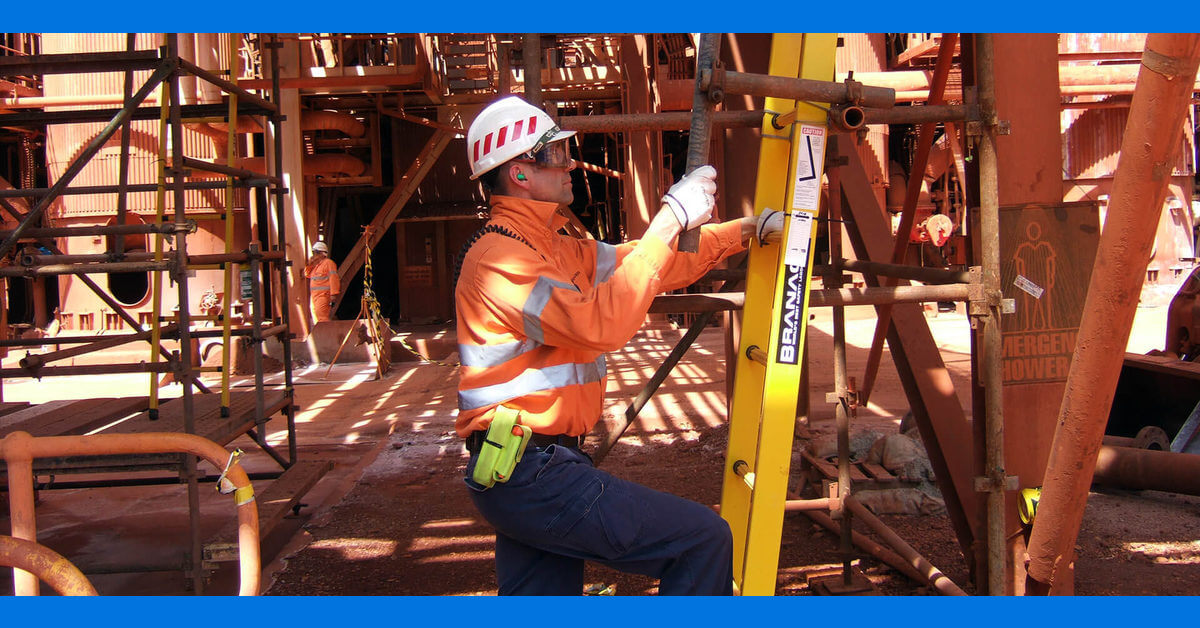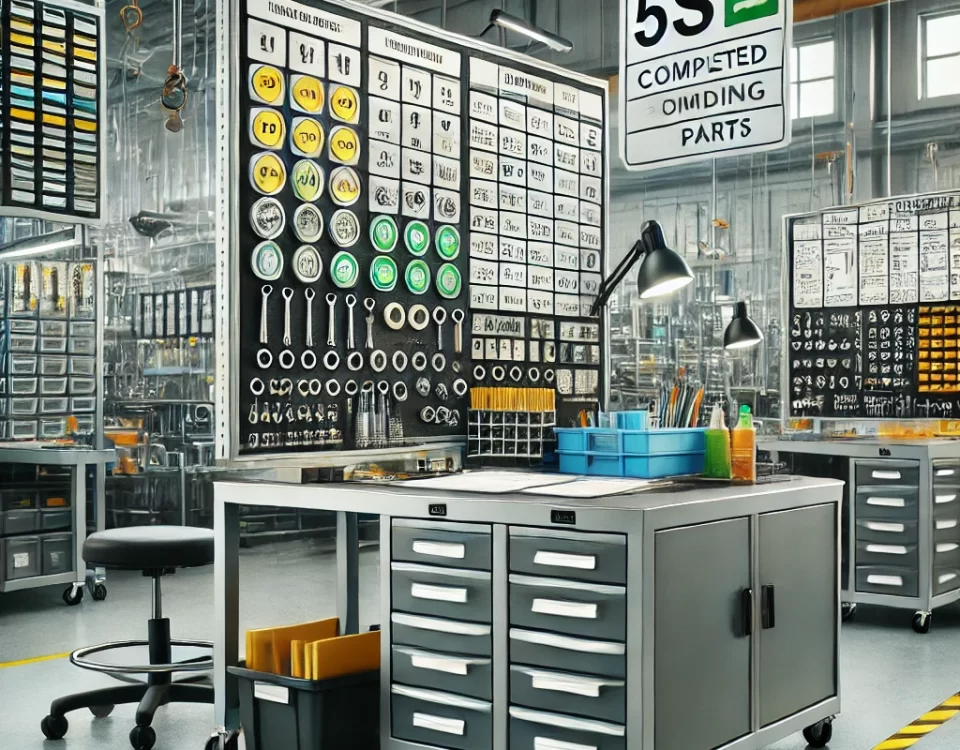
Landmark Quebec Court Decision Reinforces Criminal Consequences for Workplace Safety Violations
July 18, 2022
Unlocking Safety with CSA Z460: Ensuring Compliance for Mobile Equipment
July 18, 2022
Landmark Quebec Court Decision Reinforces Criminal Consequences for Workplace Safety Violations
July 18, 2022
Unlocking Safety with CSA Z460: Ensuring Compliance for Mobile Equipment
July 18, 2022The manufacturing industry, encompassing everything from complex chemical processes to large-scale food production, is both diverse and challenging. With its wide array of workflows and high employee exposure to hazards, this sector is often flagged by federal regulators as a high-risk environment.
The Dual Imperative: Compliance and Safety
Failing to meet safety standards can lead to dire consequences, including harm to employees, operational disruptions, and damage to your business's reputation. Safeguarding employee well-being and maintaining compliance are not just regulatory obligations—they are critical to the success and sustainability of any manufacturing operation.

Top 10 Safety Violations in Manufacturing
Awareness is the first step toward prevention. Below are the most common safety violations identified in manufacturing environments, along with key considerations for addressing them:
-
Electrical – General Requirements
Ensure all electrical systems are durable, adequately enclosed, and safeguarded to minimize risks. -
Machine Guarding
Properly installed barriers and electronic safety devices are vital to protect workers from hazards such as moving parts and flying debris. -
Ladder Safety
Regularly inspect ladders for adherence to load limits and ensure their use in debris-free environments to reduce fall risks. -
Electrical – Wiring Methods
Use components suited to specific voltage requirements, and ensure proper installation of all electrical equipment. -
Powered Industrial Trucks
Prioritize safety by maintaining forklifts and motorized hand trucks in line with fire protection and design standards. -
Lockout/Tagout (LOTO)
Protect employees during machine servicing by preventing accidental energization or release of stored energy. -
Respiratory Protection
Implement a comprehensive respiratory protection program with well-fitted equipment to safeguard against airborne hazards. -
Scaffolding Safety
Regularly inspect scaffold structures for load capacity, proper design, and hardware integrity to prevent collapses. -
Hazard Communication
Maintain clear labeling of chemical hazards, provide thorough employee training, and ensure laboratory safety protocols are followed. -
Fall Protection
Invest in guardrails, safety nets, and personal fall arrest systems to mitigate risks associated with working at heights.
Building a Culture of Safety
Addressing these violations is just the beginning. Long-term safety success requires embedding a safety-first mindset into every level of your organization. Proactively investing in training, compliance measures, and quality equipment is essential to reducing risks and ensuring operational continuity.
For expert advice and high-quality industrial safety solutions, rely on EZSecur. Visit us at www.ezsecur.com to learn more.





